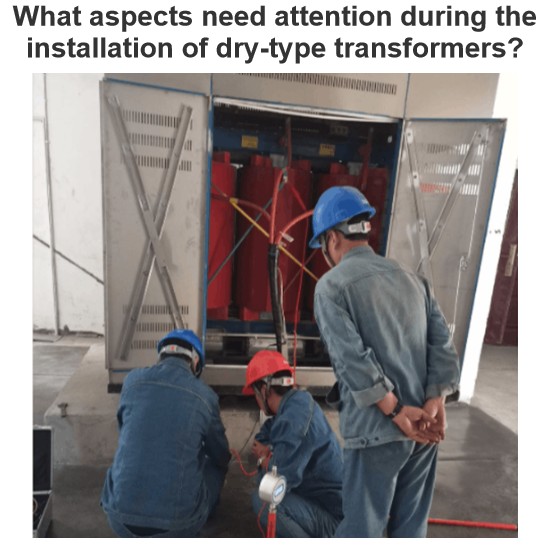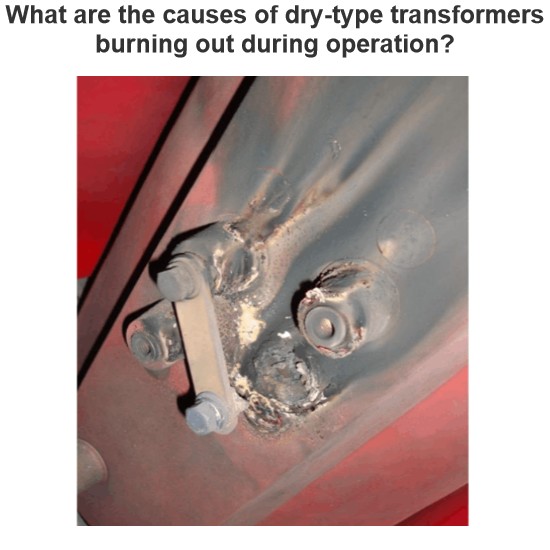How does unequal turn ratios affect a transformer bank? Does it have any impact on the phase angle?
When transformers in a transformer bank have different turns ratios, it can have several adverse effects on the system, including but not limited to the following:
Voltage Mismatch:If the transformers have different turns ratios, their output voltages will be inconsistent. This can lead to voltage differences between parallel-operated transformers, causing circulating currents. Circulating currents not only waste energy but also increase the temperature rise in the transformers, reducing overall efficiency.
Current Imbalance:Different turns ratios can result in uneven current distribution among the transformers. This may cause some transformers to become overloaded while others are underutilized, affecting the stability and reliability of the system.
Impedance Mismatch:Different turns ratios mean that the impedances of the transformers will also differ. In parallel operation, impedance mismatch can lead to uneven current distribution, further exacerbating the aforementioned issues.
Difficulty in Coordinating Protective Devices:Different turns ratios complicate the settings for protective devices such as circuit breakers and relays. This can affect the effectiveness of these devices and increase the risk of maloperation.
Phase Angle Impact:Different turns ratios not only affect voltage and current but can also impact phase angles. In a three-phase system, phase angle inconsistencies can lead to three-phase imbalance, affecting the overall performance of the system. For example, motors may overheat or experience reduced efficiency due to phase imbalance.
Specifically, phase angle variations can manifest in the following ways:
Voltage Phase Angle Difference: When transformers have different turns ratios, the phase angles of their output voltages will also differ. This can result in phase angle differences between parallel-operated transformers, affecting the power factor and overall performance of the system.
Current Phase Angle Difference: Differences in current phase angles can lead to uneven distribution of reactive power in the system, increasing reactive power losses and reducing overall efficiency.
Summary
Different turns ratios in transformers within a transformer bank can lead to voltage mismatches, current imbalances, impedance mismatches, difficulties in coordinating protective devices, and phase angle inconsistencies. These issues can affect the stability and efficiency of the system. Therefore, it is important to maintain consistent turns ratios in the design and operation of transformer banks.
The Electricity Encyclopedia is dedicated to accelerating the dissemination and application of electricity knowledge and adding impetus to the development and innovation of the electricity industry.













